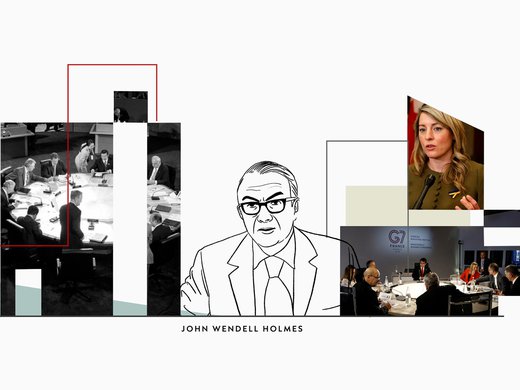A two-day workshop brought together 30 individuals representing the following stakeholder groups: insurance industry, governments and intergovernmental organizations, international development banks and financial institutions, non-governmental organizations, research and think tank organizations, as well as academics, to explore the role and limitations of insurance, existing international funds and other innovative concepts to address catastrophic as well as slow-onset climate-related loss and damage (L&D).
Four broad conclusions emerged from the discussions that took place during the workshop.
- Insurance is not a silver bullet. Insurance can be effective in providing not only risk transfer but also risk assessment and risk-management solutions. Nevertheless, it must be coupled with other measures that can help in building resilience.
- Insurance solutions are only viable if parties are capable of paying the premiums. Whether insurance should be subsidized remains a critical issue. Innovative “insurance for work” strategies (such as Oxfam and the World Food Programme) are one way to ensure accessibility to insurance. Nevertheless, from a climate justice perspective, those responsible for contributing to climate change should also contribute toward the premiums. Even at the sovereign level, the payment of insurance premiums for regional risk pools on a continuing basis could be a potential issue affecting the sustainability of these programs as governments face competing financial priorities (such as health and education) in their national budgets.
- Strong regulatory frameworks are necessary to encourage the flow of private sector financing and the establishment of primary insurance markets. Development finance institutions could play a significant role in providing access to finance and in removing barriers to private investment by pioneering approaches that can bridge gaps and incentivize private investment.
- Greater clarity is needed as to how L&D will be financed in the context of climate funds. There are currently 26 climate funds, six of which are dedicated to adaptation, but none on L&D. Greater guidance on climate finance, including L&D financing at the Twenty-second Conference of the Parties later this year, would help greatly in moving the discussion forward. The Warsaw International Mechanism could provide leadership in helping to determine whether a separate fund for L&D is necessary.


